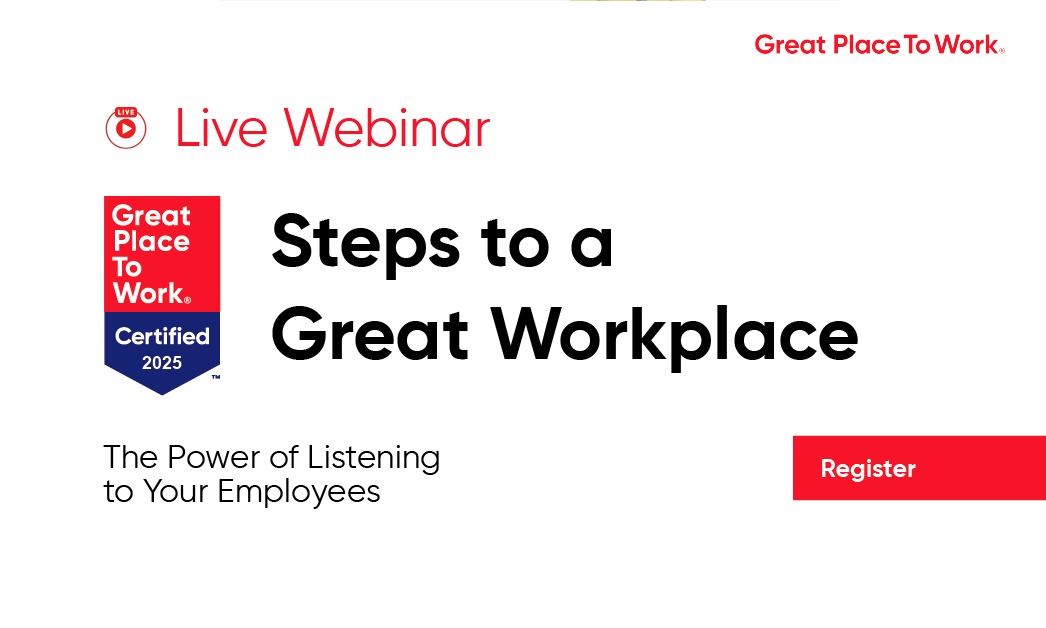Studies have indicated that experiencing layoff ranks among the most distressing life events for an employee. Layoffs are always that unsettling topic employees prefer to sidestep and in often cases, employers concur with this sentiment. It is the unfortunate consequence of economic downturns or organisational challenges. Layoffs are frequently regarded as a faster way to decrease expenses and possibly lead to short term improvements in profit margins. However, it's not always clear how layoffs and long-term financial success are related. Though they can result in immediate cost savings, layoffs can have varying effects on overall profitability. Laying off an employee might look like the easiest route in the heat of a declining economy, but it might not be the most favorable approach as it tends to sever trust once grown through the connection of effort and reward.
The Reasons Behind Layoffs:
The most compelling rationale for releasing a substantial portion of the workforce stems from the unsustainable nature of compensation, particularly within a market economy that grapples with harsh realities. This situation invariably gives rise to a financial strain. Laying off paints the picture of immediate cost reduction and resource reallocation. In the face of economic turmoil, businesses grapple with the challenge of maintaining stability. Economic downturns can stem from a myriad of sources, including global financial crises, market disruptions, and shifts within industries.
How Organisations can Adopt and Exhaust Better Strategies and Alternatives Before Laying Off.
In the wake of events that could lead to a possible layoff, there must be strategies and alternatives that CEOs and business leaders must explore first to preserve jobs and protect their workforce’s well-being. In most cases, layoffs undertaken only for the purpose of reducing costs tended to lead to drops in company valuation. Layoffs lead to loss of expertise, low morale and engagement, long-term effects on organisation’s reputation and even re-hiring costs if recruiting top talents. Employing deliberate and thorough measures can assist organisations in protecting jobs, upholding employee morale, and fostering a more resilient workforce. Let’s explore these options in an overview:
Workforce Optimization & Upskilling: Organisations can optimize their workforce by reviewing job roles, responsibilities, and skill sets. Also, investing in cross-training and upskilling can help evolve roles thereby inherently increasing employee’s versatility and value to the organisation. Analysis of workforce to identify areas where skills may be underutilized and where roles are overlapping can lead to better utilization of existing talent. These approaches aligns with long-term growth and innovation goals.
Transparent Communication: Transparency builds trust and encourages employees to contribute their ideas and insights. Organisational psychology provides valuable insights into leadership styles, communication, and decision-making processes. By equipping leaders and managers with psychological knowledge, organisations can nurture strong leadership, boost employee morale, and improve overall team performance. Openning lines of communication with employees about the organisation’s challenges and financial situation is very crucial during challenging times. Expressing the need for cost-cutting measures can help build trust and understanding and more innovative solutions can be discovered.
Innovation and Diversification: To generate more income, there can be expansion of business services. Focus on innovation and diversification of products or services to open up new revenue streams and reduce reliance on a single source of income.
Cost Reduction Initiatives: Identify the numerous non-essential expenses and operational inefficiencies that can be trimmed or eliminated. Streamlining processes and eliminating non-essential expenses can lead to significant savings. This can lead to cost savings without resorting to layoffs.
Hiring Freeze: Implement a hiring freeze to prevent an increase in staff numbers during uncertain periods. Allow natural attrition to manage staffing levels. Additionally, consider managing staffing needs through natural attrition, such as retirements or employees leaving voluntarily.
Reducing Labor Costs: Delve into possibilities for adaptable work structures, such as shortened work hours, collaborative job sharing, or remote work arrangements. These alternatives serve a dual purpose: curbing labor costs while safeguarding the retention of invaluable team members.
Benefits Adjustments: Temporary adjustments to employee benefits as a means to manage costs should be considered. These measures can be implemented with the intent of reinstating these compensations and benefits once the organisation's financial circumstances exhibit improvement.
Employee Engagement and Recognition: Foster employee engagement by implementing recognition programs and initiatives that highlight their valuable contributions. Place a paramount focus on employee well-being by instituting programs aimed at enriching work-life balance, providing robust mental health assistance, and elevating holistic job contentment. A motivated workforce is inherently better equipped to collectively navigate and surmount challenges.
Embracing Better Strategies for The Future of Work
Now that the world is moving at a rapid rate, and is ever so dynamic, both employers and employees should be ready to continuously adapt with dynamic global marketplace.
Strategic refocusing on how to be profitable should be a regular revisited agenda. Organisations should prioritize workforce optimization, investing in employee development and upskilling, implementing cost-cutting initiatives, and fostering a positive work environment. Organisations have alternative approaches that can help them save finances, enhance efficiency, and achieve sustainable profitability. The decision to resort to layoffs should come only after thorough exploration of alternatives that prioritize organisation's stability and employees' livelihoods.
Organisations should aim to circumvent large-scale layoffs and deftly navigate the contours of workforce management, thereby ushering in a realm of enhanced efficacy and preservation. Organisations can navigate challenging times while maintaining their long-term viability and success.
Credited to: Anita Nkiruka Okwechime








